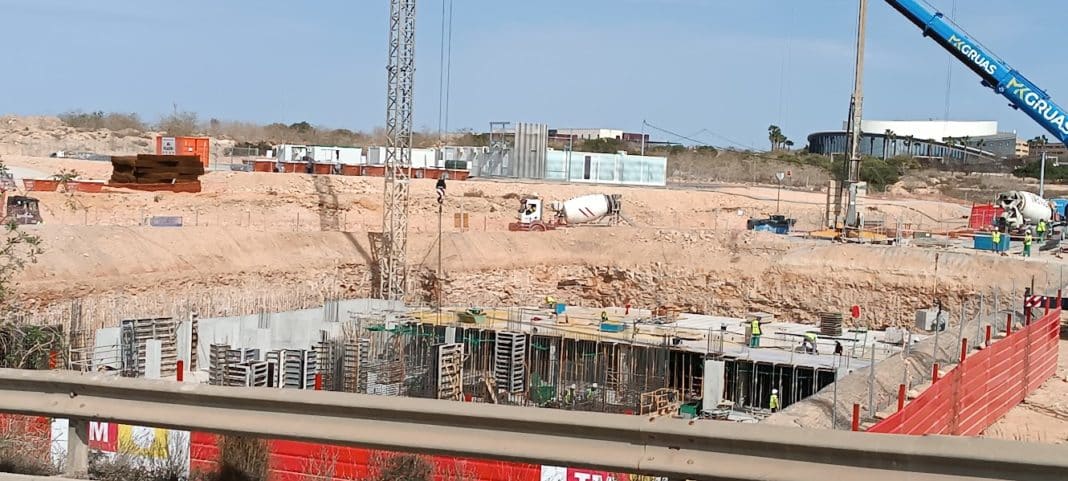The Tinsa IMIE General index registered in February, for the second consecutive month, a slight contraction of 0.1% in monthly rate, which places the variation in the last year at + 3.2%. Therefore, this month also confirms the trend of stabilisation of residential prices for new and used housing, whose average value in Spain is 18.2% below the maximum reached in 2007.
“In February, residential prices have remained in the vicinity of stabilisation in all areas, showing slight monthly growth in the groups with a greater tourist component and slight contractions in the employment centres and their metropolitan areas,” explains Cristina Arias, director of the Tinsa Studies Service.
The monthly variation was between -0.4% and +0.6% in all the groups analysed. Slight monthly contractions are recorded in the groups of Capitals and Large Cities (-0.4%) and Metropolitan Areas (-0.2%). The monthly growth, also slight, is in ‘Islands’ (+0.6%), ‘Mediterranean Coast’ (+0.4%) and ‘Rest of municipalities’ (+0.1%), which groups the smaller towns in the interior of the peninsula.
In the second month of the year the interannual variation was between 2.5% of the ‘Capitals and large cities’ and 7.9% of the island territories. All groups maintain their trend towards a slowdown in prices in year-on-year terms, with slight increases in ‘Mediterranean Coast’ and ‘Rest of Municipalities’.
The Tinsa Research Service highlights that employment continued to resist in February, supporting the solvency of households and consumer confidence. “The monthly evolution of the volume of sales and mortgages shows a moderation in the intensity of the falls that would point towards a stabilisation of demand, as long as the level of employment in the economy is maintained and there are no upward surprises in inflation and interest rates,” explains Cristina Arias.
In February 2024, the General Index accumulates a revaluation of 38.7% from the minimum after the financial crisis (August 2015) and the average value of the home remains 18.4% below the reference reached at the end of 2007.
The greatest distance between the groups analysed with respect to the peaks of the real estate boom is located in the ‘Mediterranean Coast’, with 27.6%, closely followed by ‘Rest of municipalities’ (-27.2%). At the opposite extreme, in the island territories the variation with respect to maximums is only -2.6%.
The Tinsa IMIE General and Large Markets index includes each month a selection of other relevant real estate and economic indicators to analyse the evolution and prospects of the residential sector.





